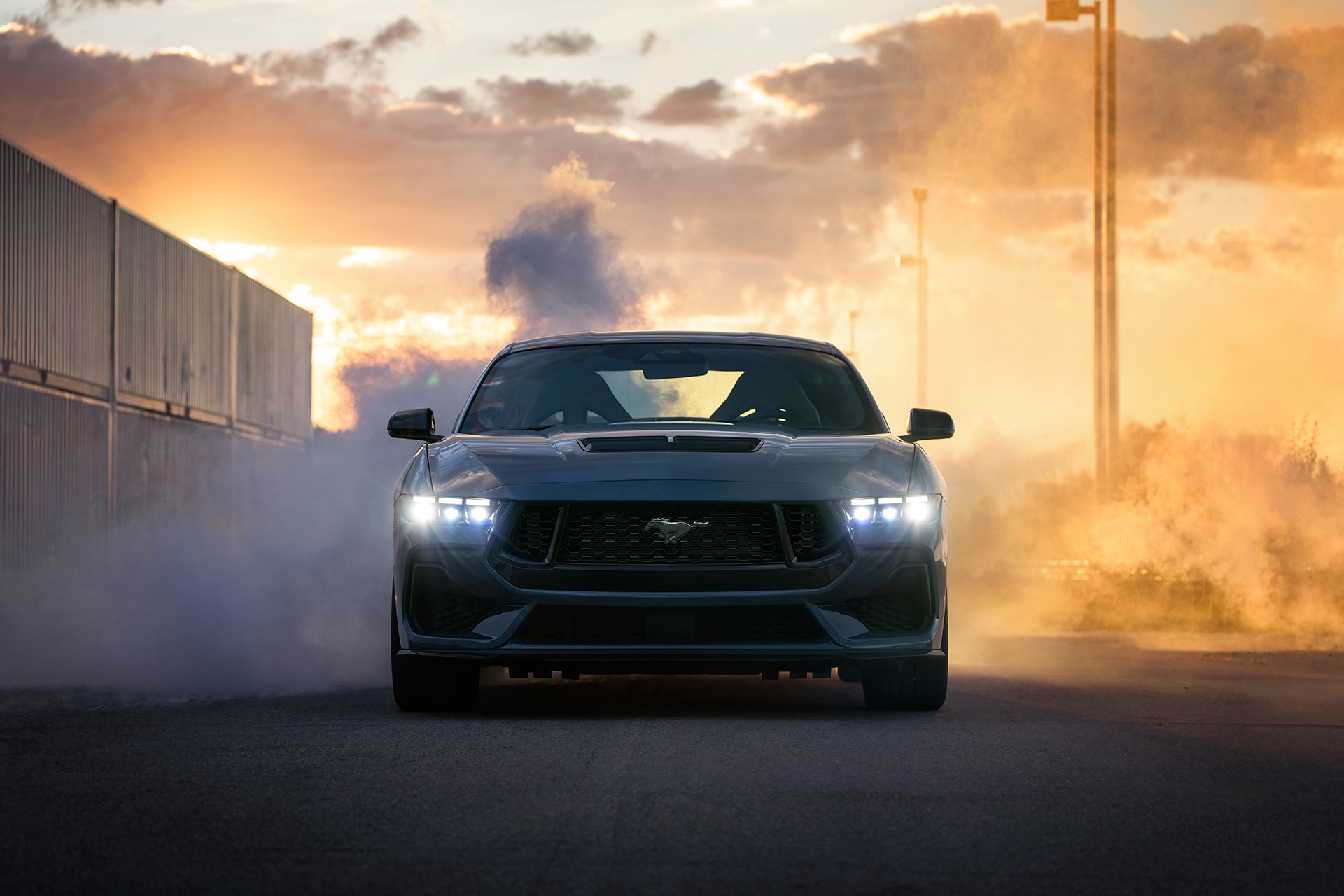
When Ford announced the Mustang Mach-E, the move stunned enthusiasts. Here was an electric crossover—not a coupe—wearing one of the most sacred badges in American motoring. The Mustang name had long stood for rumbling V8s, rear-wheel drive, and the smell of burnt rubber. Yet suddenly, it was attached to a silent, battery-powered SUV. While Ford insists it’s a “Mustang for the modern era,” the electric version reveals more about the growing pains of electrification than it does about progress.
The Mach-E isn’t a bad vehicle. In fact, as an EV, it’s pretty good. It’s quick, high-tech, and boasts sleek styling that hints at the original pony car’s DNA. But as a Mustang, it falls flat—mainly because of the fundamental impracticalities of blending heritage performance with electric limitations.
Range and Real-World Limitations
On paper, the Mach-E looks capable. The Extended Range models promise over 480 kilometers on a single charge, depending on driving style and conditions. But in reality, even mild variations—traffic congestion, air conditioning, aggressive acceleration—can quickly shave off tens of kilometers. Unlike a traditional Mustang that can roar down a highway for hours and refill in minutes, the Mach-E turns every long trip into a math problem.
Public charging infrastructure, especially in countries like the Philippines, is still woefully insufficient. Charging stations are few and far between, often found only in major urban centers or select highways. Even if you find one, charging to 80 percent can take 40 minutes or more—assuming no one else is waiting. That’s not a delay the traditional Mustang crowd is accustomed to.
In regions where long road trips define the driving experience, that lack of convenience makes the Mach-E impractical. The idea of a spontaneous out-of-town drive—the very essence of Mustang freedom—is compromised by the need to plan charging stops and calculate distances down to the kilometer.

The Weight of Technology
The Mach-E’s performance versions, like the GT, deliver impressive acceleration. With dual motors producing over 480 horsepower, it can rocket from zero to 100 km/h in just over 3.5 seconds. Yet that speed comes with a heavy price—literally. The Mach-E tips the scales at over 2,200 kilograms, nearly 700 kg heavier than a comparable gasoline Mustang GT.
That mass dulls the agility that defined Mustangs of old. Cornering feels more deliberate, and braking distances are longer. Ford engineers have done wonders to make it feel sporty, but physics can’t be cheated. The Mach-E may be fast, but it’s not nimble—it’s quick in a straight line, yet cumbersome in motion.
And then there’s the ride feel. Electric vehicles, with their low centers of gravity, can hug the road, but they also transmit more road harshness through the chassis. The Mach-E’s suspension, tuned for comfort and performance balance, ends up doing neither perfectly. It’s too stiff for daily errands and too soft for spirited driving—another example of compromise disguised as progress.


Emotional Disconnect
More than the numbers, what truly makes the electric Mustang feel impractical is its emotional dissonance. The traditional Mustang isn’t just a mode of transport—it’s an experience. The engine note, the vibrations, the raw, mechanical conversation between driver and car—all gone in the Mach-E.
The silence of the electric powertrain, while efficient, erases the auditory thrill that defined the Mustang legend. Ford’s synthetic sound generator tries to mimic aggression, but it feels artificial, like a movie soundtrack dubbed over an action scene. Enthusiasts crave authenticity, and that’s something software can’t replicate.
This loss of character makes the electric Mustang a tough sell to purists. It may carry the same badge, but it speaks an entirely different language—one of algorithms and efficiency, not passion and performance.
A Luxury Without the Lifestyle
Ford markets the Mach-E as a premium EV experience, targeting the Tesla Model Y and other high-end electrics. Prices, however, push it into luxury territory—well above what many traditional Mustang fans would consider reasonable. In markets like the Philippines, import duties and taxes inflate the cost even further, often doubling what you’d pay for a gas-powered equivalent.
The result is an electric Mustang that’s neither affordable nor particularly luxurious. Inside, the large central touchscreen and minimalist cabin feel modern but sterile. The interface leans heavily on digital controls—great for techies, frustrating for those who prefer physical buttons. Even the so-called “frunk” (front trunk) feels more gimmicky than useful.
And when you finally get home, there’s the matter of charging. Without a dedicated home charger, plugging into a standard outlet can take more than 30 hours for a full recharge. That’s hardly practical for daily use, especially for those living in condominiums or urban areas without private parking.

A Mustang in Name Only
Ultimately, the Mach-E’s biggest flaw isn’t its performance, its price, or even its charging constraints—it’s its identity crisis. Calling it a Mustang may have given it instant recognition, but it also set impossible expectations. The Mustang name carries over six decades of heritage rooted in rebellion, power, and accessibility. The Mach-E, though capable in its own right, feels more like a branding experiment than a continuation of that legacy.
There’s no doubt that electric vehicles are the future. Ford’s decision to electrify its lineup is both forward-thinking and necessary. But the Mustang name deserved a more thoughtful evolution—one that preserved its soul while embracing new technology, not one that replaced its essence for the sake of trend and timing.
Until the day EVs can deliver not just performance, but the personality that made the Mustang iconic, the electric version will remain a contradiction—a car that’s fast but heavy, advanced but inconvenient, desirable but detached.
In the end, the electric Mustang isn’t impractical because it’s electric. It’s impractical because it tries to be something it’s not.
For the purists, the true Mustang spirit still rumbles—not in silence, but in the echo of a V8 down an open road.






